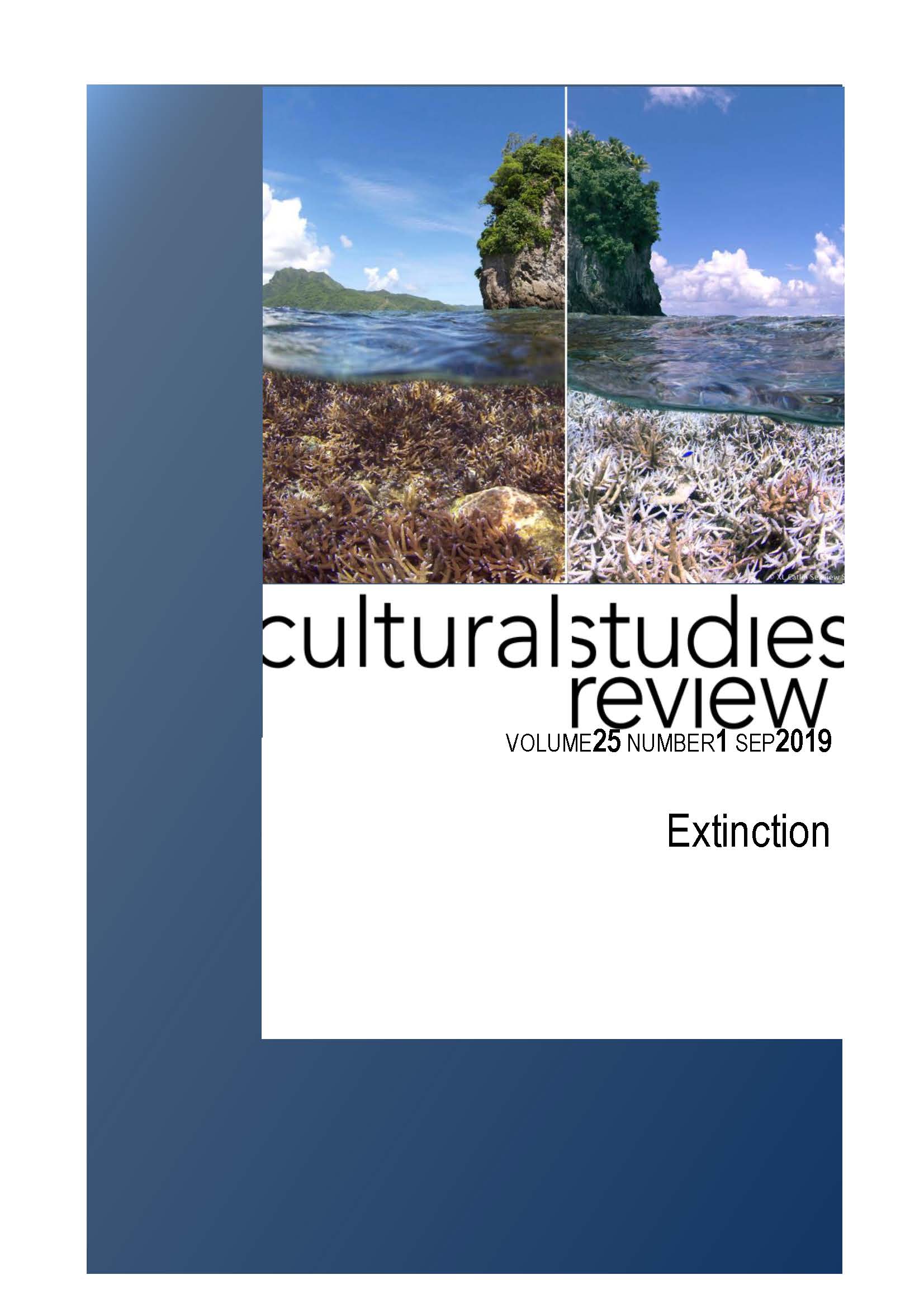Collect, Save, Adapt: Making and Unmaking Ex Situ Worlds
Main Article Content
Abstract
‘Putting the right species back in the right place’: expressed in the words of Bruce Pavlik, the Head of Restoration Ecology at the Millennium Seed Bank at Kew Gardens in a fundraising clip for the Breathing Planet Campaign, the work of biodiversity repositories seems straightforward. A simple matter of renewing the colonial and capitalistic capture of nature by exhausting its diversity in collecting, and then of reinserting species, suspended in the form of genetic information, into the neat spaces their disappearance or almost-dispappearance has left in their original ecosystems, the redemptive value of biodiversity repositories seems unquestionable. ‘There is no technological reason why any species should go extinct’, the clip goes on.
The cryopreservation of genetic material in seed banks and ‘frozen zoos’ is often and justifiably understood as genetic-fetishistic suspension, several times removed from animal lives in actual habitats; I propose however to read them as world-making devices in their own right too, more entangled and entangling than they might present themselves to be. Collecting and saving are two mandates that have effects both on the species whose genetic information is banked and on the natures that are made possible or impossible through the projects delineated by biodiversity repositories; but they have also been implicated in a third such mandate, the assisted adaptation of species to anthropogenic climate change (be it the plan for ‘chaperoned assisted relocation’ proposed by the Missouri Botanical Garden or the ‘cultivation of marginally hardy taxa’ proposed at the Arnold Arboretum). How are biodiversity repositories an active intervention into the shaping of natures both inside and outside, and what are the consequences of what happens within the apparatus of these repositories for wider understandings of landscapes and species under threat? How linked is the suspension of metabolic processes and evolutionary potential and the understanding of Earth as manageable, perhaps even terraformable? What do they contribute to conservation biology’s biopolitical and cultural shaping of individuals, species, ecosystems suspended and remade through the different uses for which biodiversity repositories can be put to work?
Article Details
Section
Authors who publish with this journal agree to the following terms:
a) Authors retain copyright and grant the journal right of first publication with the work simultaneously licensed undera Creative Commons Attribution License that allows others to share and adapt the work with an acknowledgement of the work's authorship and initial publication in this journal.
b) Authors are able to enter into separate, additional contractual arrangements for the non-exclusive distribution of the journal's published version of the work (e.g., post it to an institutional repository or publish it in a book), with an acknowledgement of its initial publication in this journal.
c) Authors are permitted and encouraged to post their work online (e.g., in institutional repositories or on their website) prior to and during the submission process, as it can lead to productive exchanges, as well as earlier and greater citation of published work (See The Open Access Citation Advantage Service). Where authors include such a work in an institutional repository or on their website (ie. a copy of a work which has been published in a UTS ePRESS journal, or a pre-print or post-print version of that work), we request that they include a statement that acknowledges the UTS ePRESS publication including the name of the journal, the volume number and a web-link to the journal item.
d) Authors should be aware that the Creative Commons Attribution (CC-BY) License permits readers to share (copy and redistribute the work in any medium or format) and adapt (remix, transform, and build upon the work) for any purpose, even commercially, provided they also give appropriate credit to the work, provide a link to the license, and indicate if changes were made. They may do these things in any reasonable manner, but not in any way that suggests you or your publisher endorses their use.
